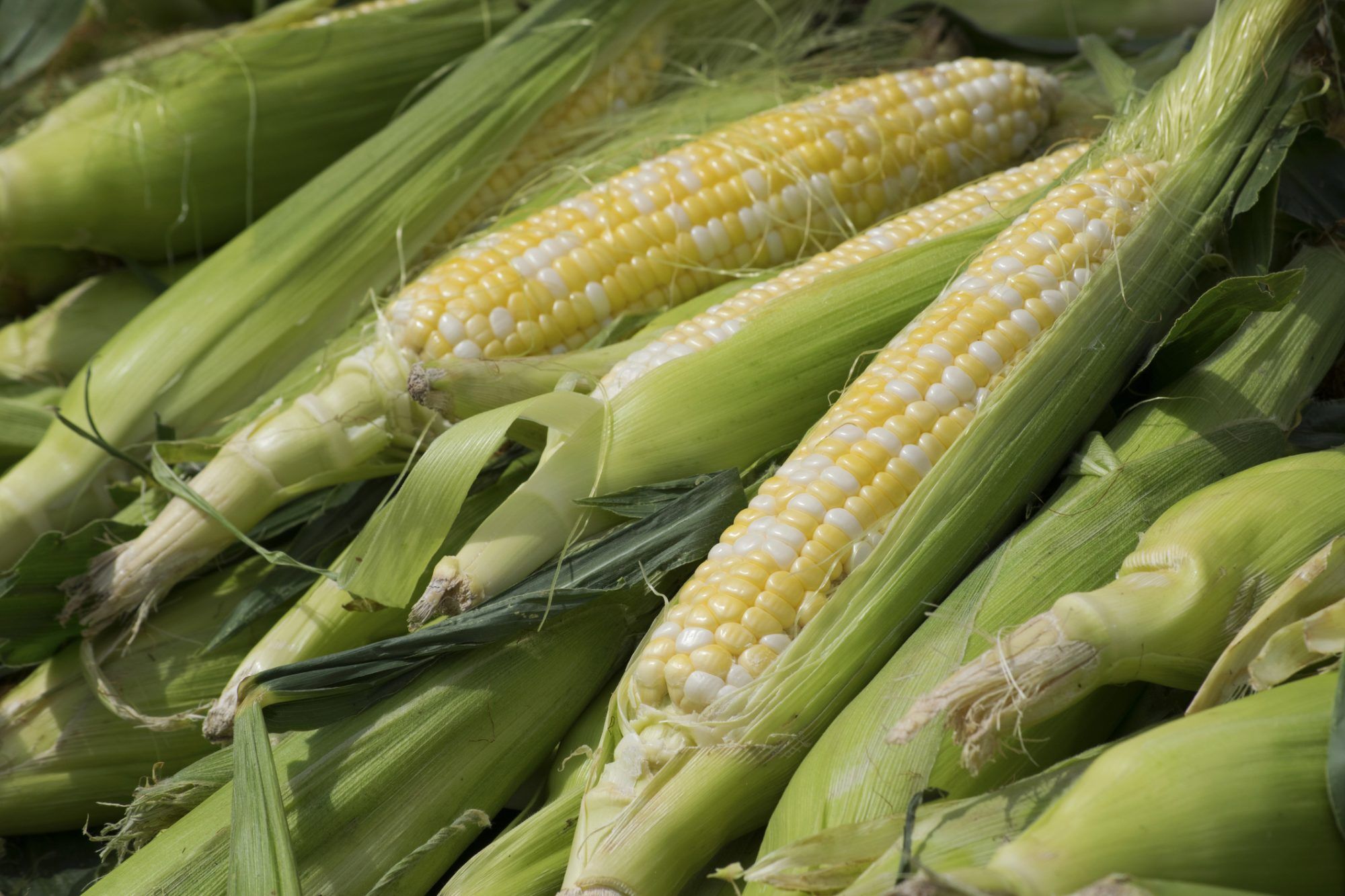

Articles
How To Store Fresh Corn
Modified: January 19, 2024
Learn about the best methods and tips for storing fresh corn in this informative article. Keep your corn delicious and fresh for longer!
(Many of the links in this article redirect to a specific reviewed product. Your purchase of these products through affiliate links helps to generate commission for Storables.com, at no extra cost. Learn more)
Introduction
There’s nothing quite like sinking your teeth into a delicious, sweet ear of fresh corn. Whether you enjoy it grilled, boiled, or roasted, fresh corn is a summer staple that brings joy to many. However, corn lovers know that the season for fresh corn is relatively short. So, how can you make the most of this golden vegetable while it’s at its peak?
In this article, we will guide you on how to store fresh corn to keep it fresh and flavorful for as long as possible. We will cover various methods of storage, including room temperature storage, refrigeration, freezing, and canning. Each method has its own advantages and is suitable for different needs, so you can choose the option that works best for you.
Before we dive into the different methods of storing fresh corn, let’s first discuss how to select the best quality corn.
Key Takeaways:
- Make the most of fresh corn by selecting ears with vibrant green husks, plump kernels, and brown tassels. Store at room temperature for short-term enjoyment or refrigerate for longer shelf life, ensuring each bite bursts with sweetness.
- Extend the joy of fresh corn beyond its season by freezing or canning it. Freezing preserves flavor for up to 12 months, while canning allows year-round enjoyment in various recipes. Select, store, and savor the sweetness of summer’s golden vegetable.
Read more: How To Store Fresh Sweet Corn
Selecting Fresh Corn
When it comes to choosing fresh corn, there are a few key things to look out for. Firstly, take a look at the husk. It should be bright green and tightly wrapped around the ear of corn. Avoid corn with husks that are brown, dry, or have mold spots.
Next, feel the corn kernels through the husk. They should feel plump and firm, without any mushy spots. Avoid corn with soft or shriveled kernels.
Lastly, examine the tassel at the top of the ear. It should be brown and slightly sticky to the touch. If the tassel is dry or black, it’s a sign that the corn may be past its prime.
Once you’ve selected your fresh corn, it’s time to move on to storing it to extend its shelf life.
Key Takeaways:
- Make the most of fresh corn by selecting ears with vibrant green husks, plump kernels, and brown tassels. Store at room temperature for short-term enjoyment or refrigerate for longer shelf life, ensuring each bite bursts with sweetness.
- Extend the joy of fresh corn beyond its season by freezing or canning it. Freezing preserves flavor for up to 12 months, while canning allows year-round enjoyment in various recipes. Select, store, and savor the sweetness of summer’s golden vegetable.
Read more: How To Store Fresh Sweet Corn
Selecting Fresh Corn
When it comes to choosing fresh corn, there are several key factors to consider to ensure you’re getting the best quality ears. By following these guidelines, you can select corn that is at the peak of freshness and flavor.
1. Look at the husk: The husk should be vibrant green and tightly wrapped around the ear of corn. Avoid corn with husks that are brown, dry, or have mold spots. A fresh husk is a sign of recently harvested corn.
2. Feel the kernels: Gently press against the husk to feel the kernels. They should feel plump and firm, without any mushy or soft spots. Avoid corn with kernels that are too soft or shriveled, as it is a sign of dehydration or age.
3. Check the tassel: Take a look at the tassel at the top of the ear. It should be brown and slightly sticky to the touch. The tassel provides valuable information about the freshness of the corn. Dry or black tassels may indicate that the corn is past its prime.
4. Inspect for worm damage: While it’s uncommon to find worms in commercially-grown corn, it’s still worth checking for any signs of insect damage. Look for small holes or tunnels on the husk, indicating the presence of pests.
5. Consider the appearance: The overall appearance of the corn is important to assess its quality. Choose ears that are full and well-developed, with uniformly colored kernels. Avoid corn with discolored or missing kernels, as it may be a sign of poor quality.
When selecting fresh corn, it’s also worth noting that different varieties may have varying characteristics. Some corn varieties are sweeter or have larger kernels than others. Experimenting with different varieties can add variety to your corn-eating experience.
Once you’ve selected your fresh corn, it’s time to move on to storing it to maintain its freshness for as long as possible.
Storing Corn at Room Temperature
If you plan to consume your fresh corn within a day or two, storing it at room temperature can be a convenient option. Here are some guidelines to follow:
1. Keep the husk intact: Leave the husk on the corn as it acts as a protective layer, keeping the moisture and flavors sealed inside. Removing the husk can cause the corn to dry out more quickly.
2. Store in a cool and dry place: Find a cool and dry spot, such as a pantry or countertop, away from direct sunlight and heat sources. Exposure to heat and sunlight can lead to faster deterioration of the corn.
3. Arrange in a breathable bag: Place the corn in a mesh bag or a paper bag to allow air circulation while protecting it from dust and insects. Avoid using plastic bags as they can trap moisture and promote rotting.
4. Rotate the corn: To ensure even ripening and prevent moisture buildup, periodically rotate the corn, especially if you have multiple ears stored together. This will help maintain the quality of each ear.
It’s important to note that storing corn at room temperature is suitable for short-term storage only. The corn should be consumed within a day or two to enjoy it at its peak freshness. If you have more corn than you can consume in that timeframe, refrigeration or freezing is recommended to extend its shelf life.
Now that you know how to store corn at room temperature let’s explore the next method, which is refrigeration.
Store fresh corn in the refrigerator, unhusked, in a plastic bag. It will stay fresh for up to 5 days. For longer storage, blanch and freeze the corn.
Storing Corn in the Refrigerator
If you want to maximize the shelf life of fresh corn, storing it in the refrigerator can help maintain its freshness for a longer period. Here’s how to do it:
1. Leave the husk on: Like room temperature storage, it’s best to keep the husk on the corn to retain moisture and flavor. Removing the husk can cause the corn to dry out faster.
2. Wrap in plastic: Individually wrap each ear of corn loosely in plastic wrap or place them in a resealable plastic bag. Wrapping the corn helps to prevent moisture loss and maintain its crisp texture.
3. Store in the vegetable drawer: Place the wrapped corn in the vegetable drawer or crisper compartment of your refrigerator. The cool and slightly humid environment of the drawer will help to preserve the quality of the corn.
4. Avoid storing near fruits: Some fruits release ethylene gas, which can accelerate the ripening process and shorten the shelf life of corn. Keep corn away from fruits like apples, bananas, and melons to prevent premature spoilage.
5. Use within 3-5 days: Refrigerated corn should be consumed within 3-5 days for the best taste and texture. Beyond that, the corn may start to lose its natural sweetness and become less enjoyable to eat.
If you have leftover cooked corn, it’s best to store it in an airtight container in the refrigerator. Cooked corn can stay fresh for 3-5 days, but it’s recommended to consume it as soon as possible for the best flavor.
While refrigeration can extend the shelf life of fresh corn, it’s important to note that the flavor and texture of corn will gradually decline over time. For longer-term storage options, freezing or canning is a great way to preserve fresh corn for future use.
Next, let’s explore the process of freezing fresh corn.
Read more: How To Store Fresh Corn Tortillas
Freezing Fresh Corn
Freezing fresh corn is an excellent way to preserve its flavor and sweetness for an extended period. Follow these steps to freeze your fresh corn:
1. Husk and clean the corn: Start by removing the husk and silk from each ear of corn. Rinse the corn under cold water to remove any remaining silk strands or dirt.
2. Blanch the corn: Blanching helps to preserve the texture, color, and nutrients of the corn. Fill a large pot with water and bring it to a boil. Carefully place the corn in the boiling water and blanch for 4-5 minutes. Small ears can be blanched for 3-4 minutes, while larger ones may need 6-7 minutes. Adjust the time accordingly.
3. Cool and drain: After blanching, immediately transfer the corn to a bowl of ice water to stop the cooking process. Let it cool for 3-5 minutes. Once cooled, drain the corn thoroughly to remove excess water.
4. Cut the corn kernels: Hold each ear of corn vertically on a cutting board. Using a sharp knife, carefully cut the kernels off the cob. Start from the top, slicing downward in a straight motion. Repeat for all the corn ears.
5. Package for freezing: Transfer the cut corn kernels into freezer-safe containers or resealable plastic bags. Remove as much air as possible from the packaging and seal it tightly. Label the containers with the date for easier reference.
6. Freeze the corn: Place the containers or bags of corn in the freezer, ensuring they lie flat to maximize space. Allow enough room for air circulation in the freezer. It’s also recommended to store the corn towards the back of the freezer where the temperature is more consistent.
Frozen corn can last for up to 10-12 months in the freezer when properly stored. To use the frozen corn, simply thaw it in the refrigerator overnight or cook it directly from frozen. You can add the thawed or frozen corn to soups, stews, salads, or other dishes to enjoy the taste of fresh corn even during the off-season.
Now that you’ve learned how to freeze fresh corn, let’s explore an alternative method for preserving corn: canning.
Canning Fresh Corn
Canning fresh corn is a fantastic method to preserve the taste and texture of corn for an extended period. Canned corn can be conveniently stored on your pantry shelves and enjoyed throughout the year. Here’s how to can fresh corn:
1. Prepare the jars and lids: Ensure that you have clean and sterilized canning jars, lids, and bands. Follow the instructions for properly sterilizing the jars in boiling water or using a dishwasher.
2. Husk and clean the corn: Remove the husk and silk from each ear of corn. Rinse the corn under cold water to remove any remaining silk or debris.
3. Blanch the corn: Blanching is essential to preserve the texture and flavor of the corn. Fill a large pot with water and bring it to a boil. Place the corn in the boiling water and blanch for 4-5 minutes. Small ears can be blanched for 3-4 minutes, while larger ones may need 6-7 minutes. Adjust the time accordingly.
4. Cool and cut the corn: After blanching, transfer the corn to a bowl of ice water to cool for a few minutes. Drain the corn and cut the kernels off the cob using a sharp knife. Cut close to the cob but avoid scraping off any tough parts.
5. Pack the jars: Fill the sterilized jars with the cut corn kernels, leaving about one inch of headspace at the top. Add salt if desired, typically about half a teaspoon per pint jar. Ensure that no air bubbles are trapped in the jars.
6. Add boiling water: Pour boiling water over the corn in each jar, leaving the proper headspace. Use a spatula or a wooden utensil to remove any air bubbles. Wipe the rims of the jars with a clean, damp cloth to ensure a tight seal.
7. Seal and process the jars: Place the lids and bands on the jars, tightening them just until finger-tight. Process the jars in a water bath or pressure canner according to the recommended times based on your altitude and jar size.
8. Cool and store: Once the jars have processed, remove them from the canner and let them cool on a towel or wire rack. After they have completely cooled, check the seals by pressing on the lids. Store the properly sealed jars in a cool, dark place for up to a year.
Canned corn can be enjoyed in various recipes, including soups, casseroles, and side dishes. It’s a great way to savor the taste of fresh corn all year round.
With these methods, you can now confidently store fresh corn to enjoy its deliciousness long after the harvest season. Whether you choose to store it at room temperature, refrigerate, freeze, or can the corn, you’ll have a supply of fresh-tasting corn for your enjoyment. Experiment with different storage methods to find what works best for you and relish the flavors of summer throughout the year.
Conclusion
Fresh corn is a delightful summer treat that brings a burst of sweetness and flavor to our taste buds. While the season for fresh corn may be short, there are several storage methods you can use to prolong its freshness and enjoy it all year round. Whether you choose to store it at room temperature, in the refrigerator, freeze it, or can it, each method has its benefits and allows you to savor the taste of fresh corn long after its harvest.
When selecting fresh corn, look for vibrant green husks, plump and firm kernels, and brown, slightly sticky tassels. This indicates that the corn is at its peak freshness. Once you have chosen your corn, you can proceed to store it based on your needs and preferences.
If you plan to consume the corn within a day or two, storing it at room temperature is a convenient option. Keep the husks intact, store in a cool and dry place, and rotate the corn to maintain its quality.
For longer storage, refrigeration is the way to go. Wrap the corn in plastic, store in the vegetable drawer, and consume within 3-5 days for the best taste and texture.
To preserve the taste of fresh corn for an extended period, freezing is an excellent choice. Blanch the corn, cool, cut the kernels off, package in freezer-safe containers, and store in the freezer for up to 10-12 months.
Canning fresh corn provides an alternative method of preservation. Husk, blanch, cool, cut the kernels off, pack in jars, add boiling water, seal, and process in a water bath or pressure canner. Properly processed canned corn can be stored for up to a year.
By following these storage methods, you can enjoy the delicious taste of fresh corn even when it’s out of season. Whether you’re enjoying grilled corn on the cob, adding corn to your favorite salads and soups, or using it in various recipes, these storage techniques allow you to savor the flavors of summer no matter the time of year.
So, the next time you come across fresh corn at the market or in your garden, remember these storage methods and make the most of this golden vegetable. With proper storage, you can ensure that each bite of corn bursts with sweetness and brings delight to your taste buds.
Frequently Asked Questions about How To Store Fresh Corn
Was this page helpful?
At Storables.com, we guarantee accurate and reliable information. Our content, validated by Expert Board Contributors, is crafted following stringent Editorial Policies. We're committed to providing you with well-researched, expert-backed insights for all your informational needs.
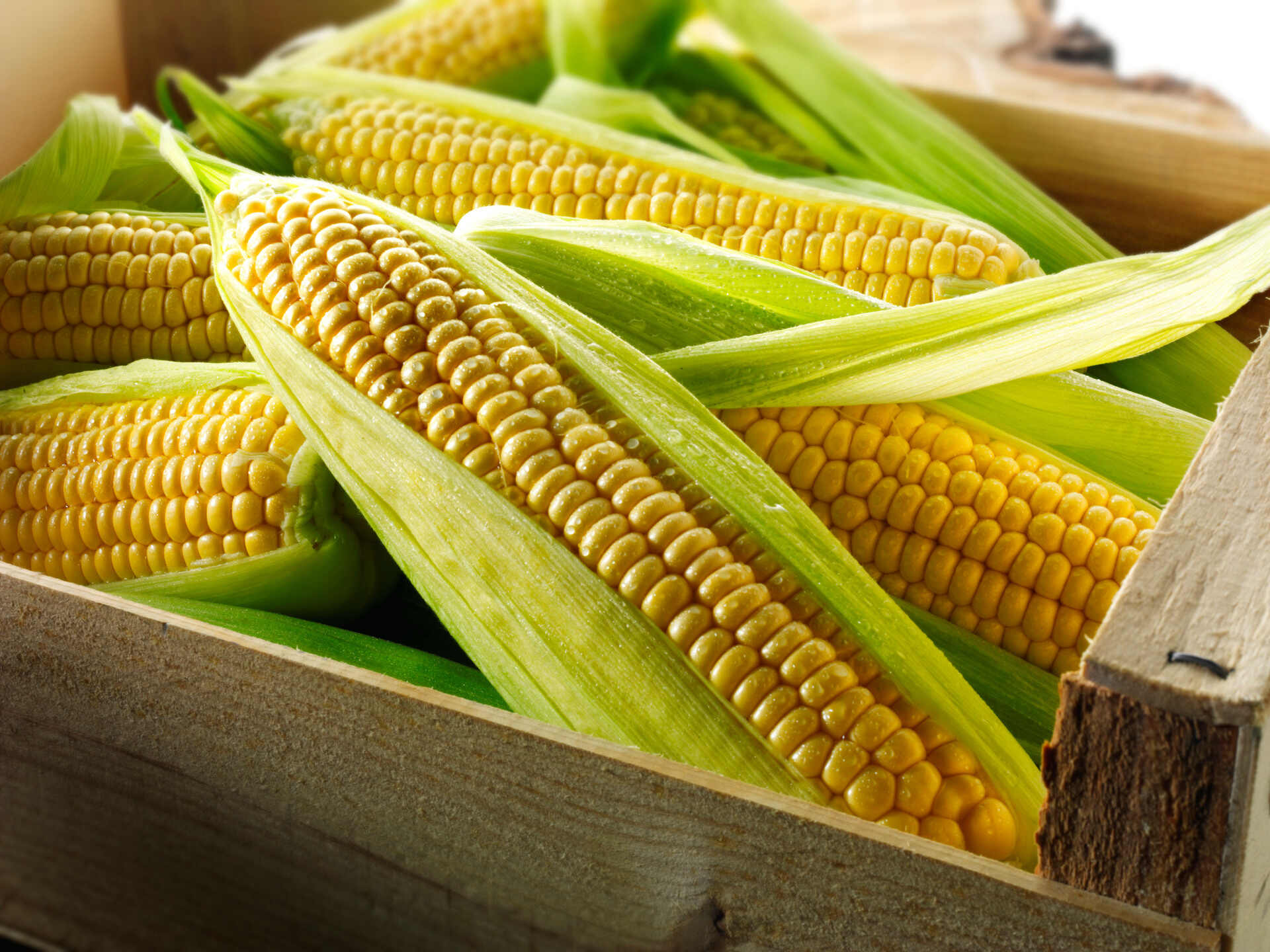
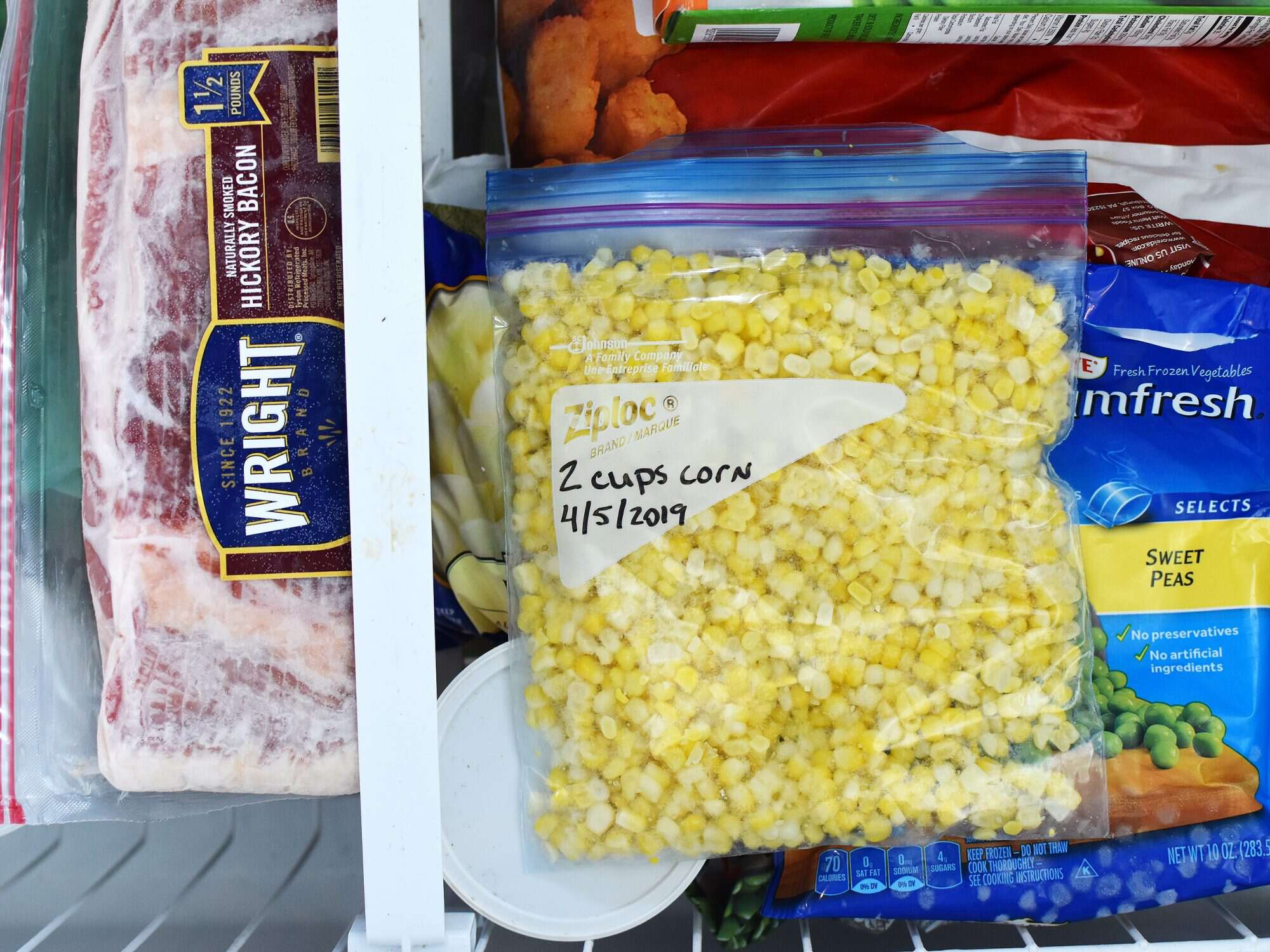
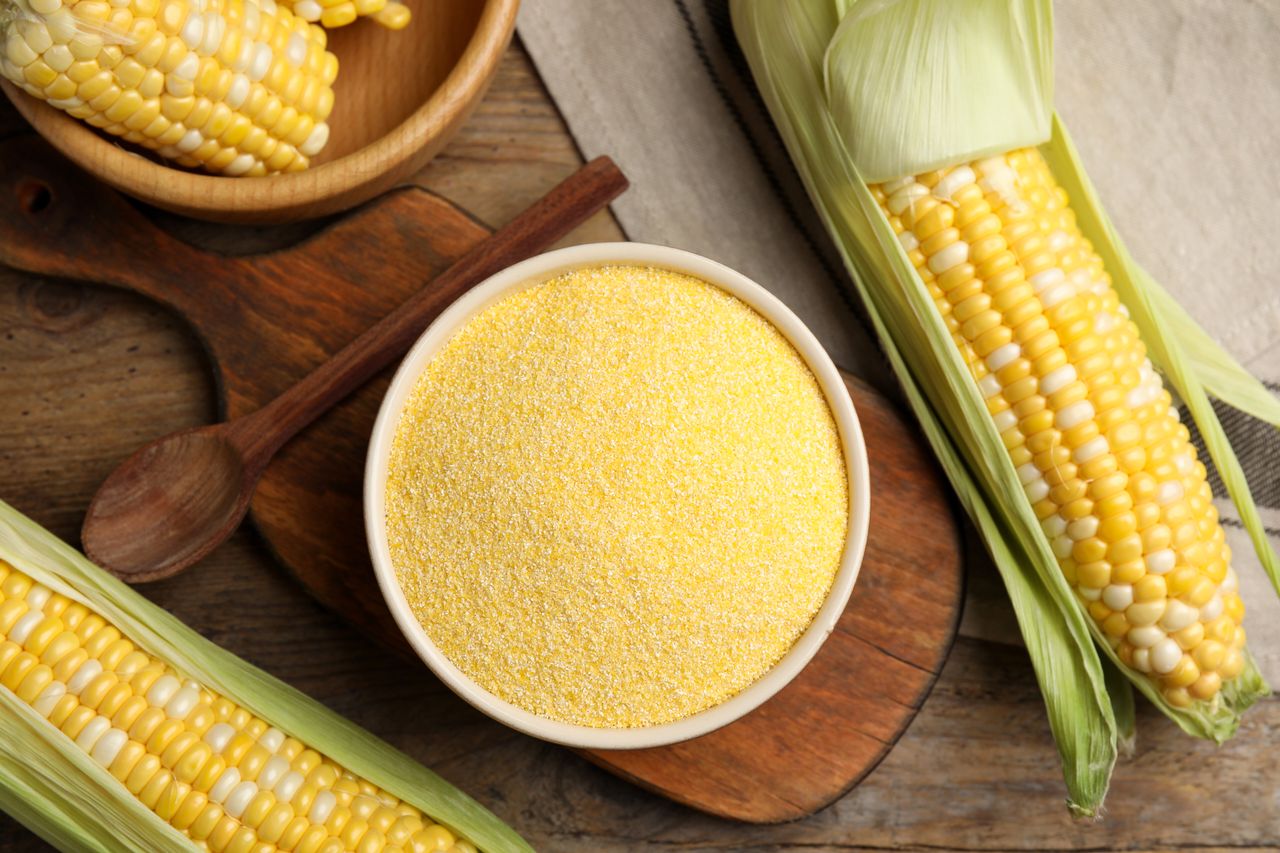
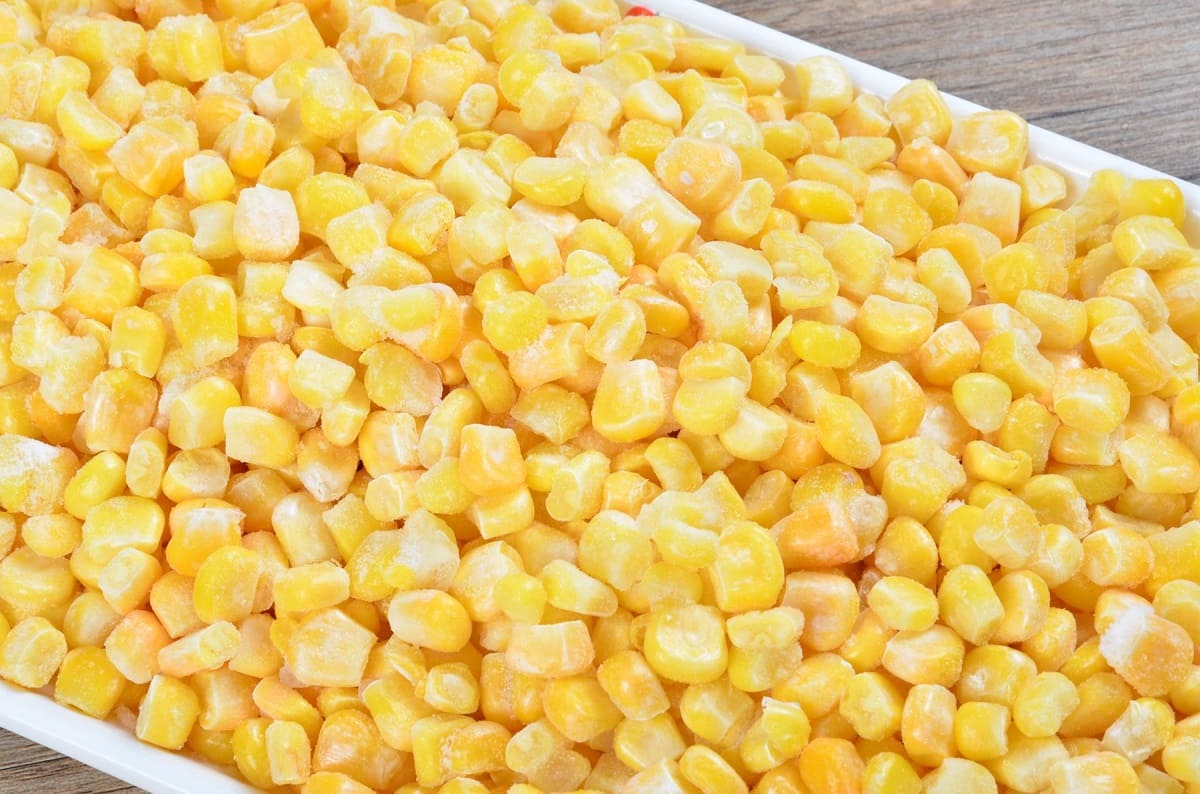
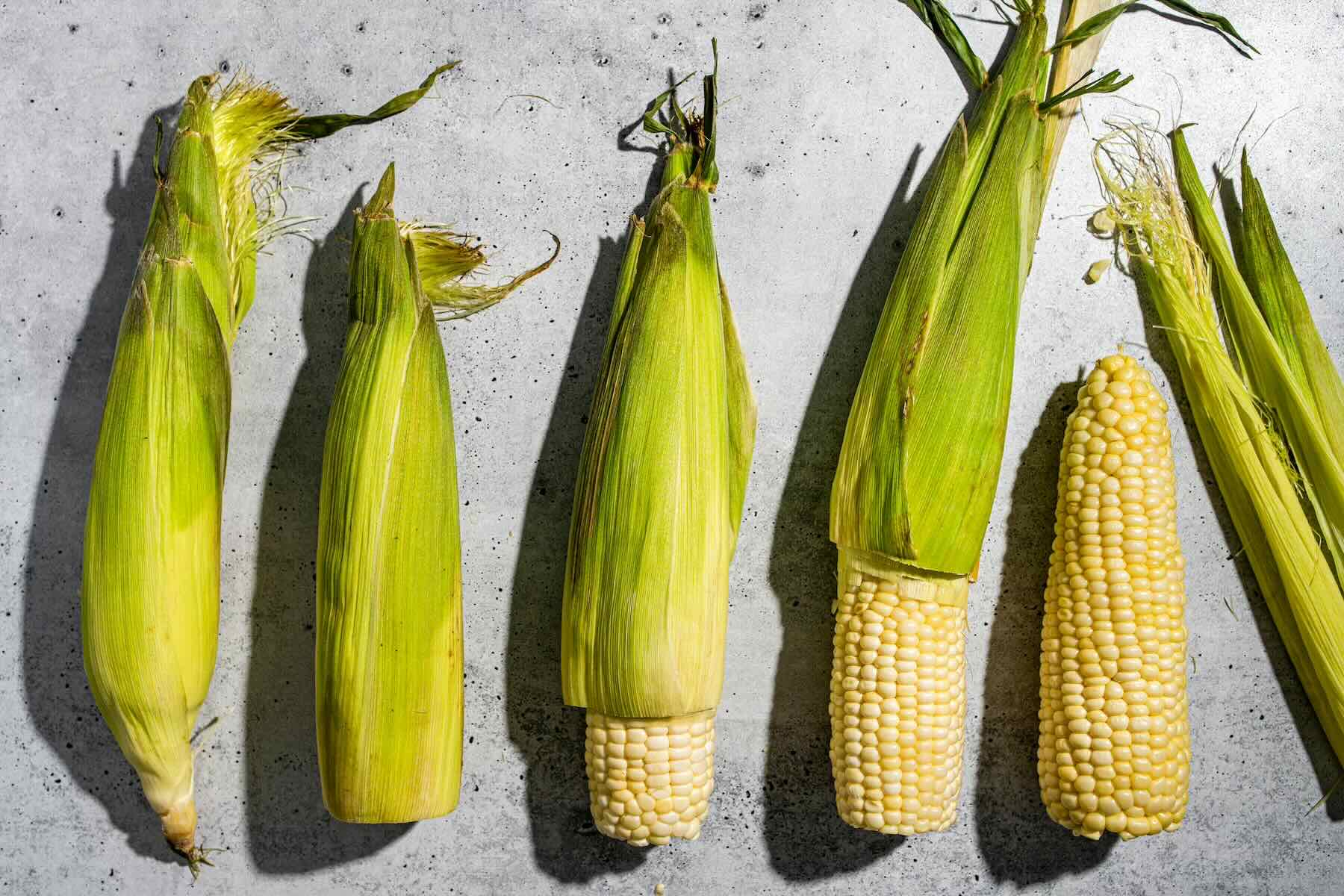
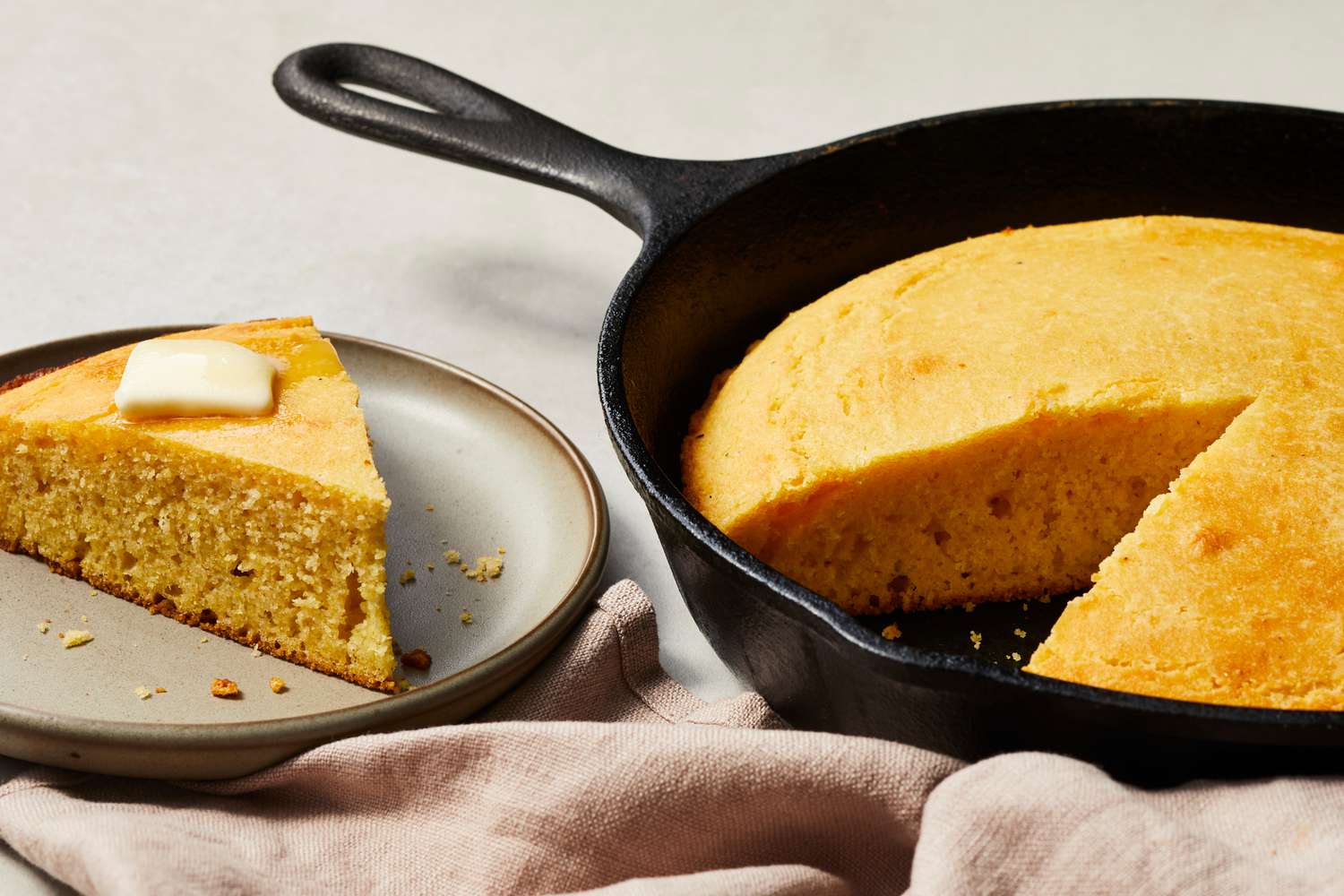
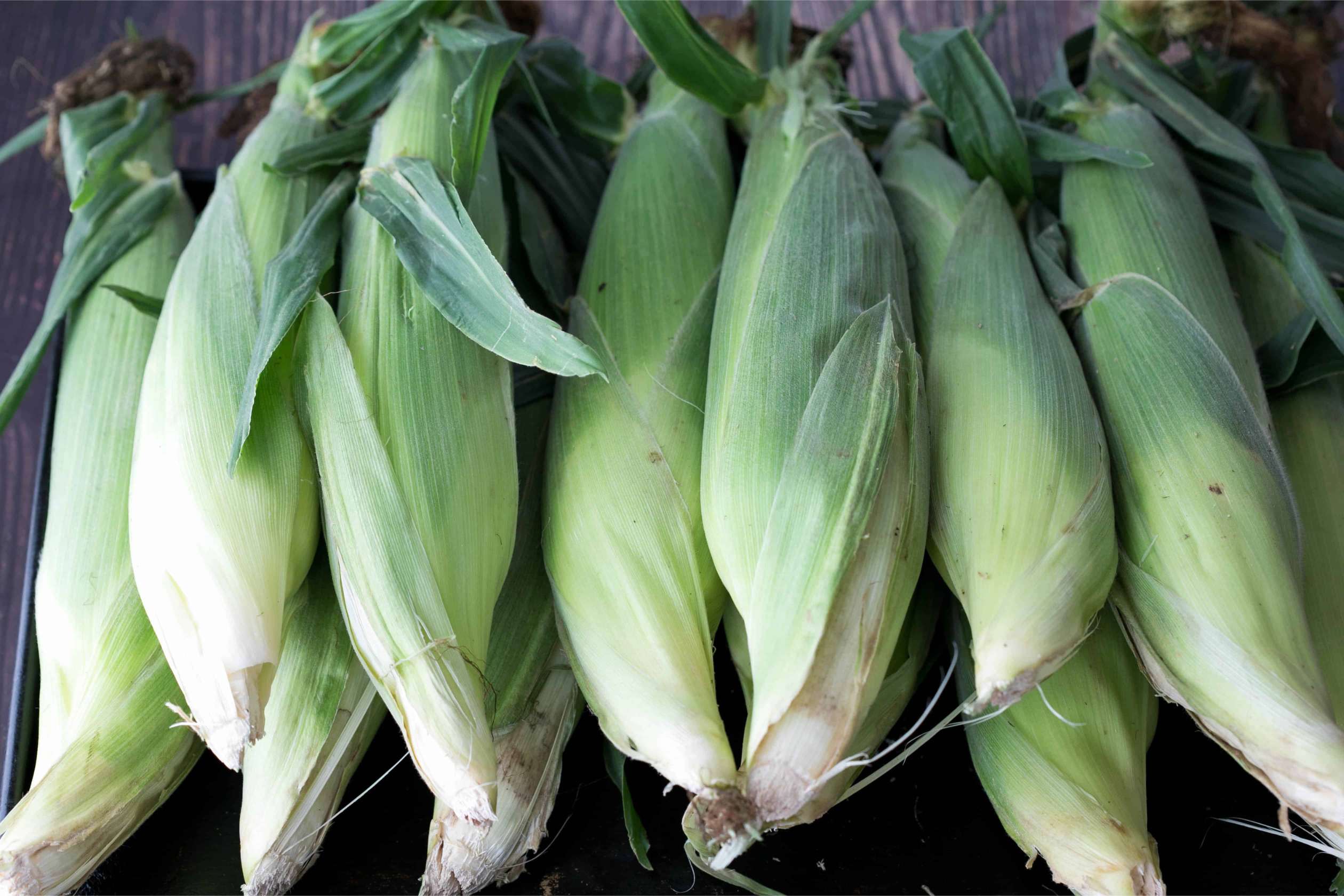
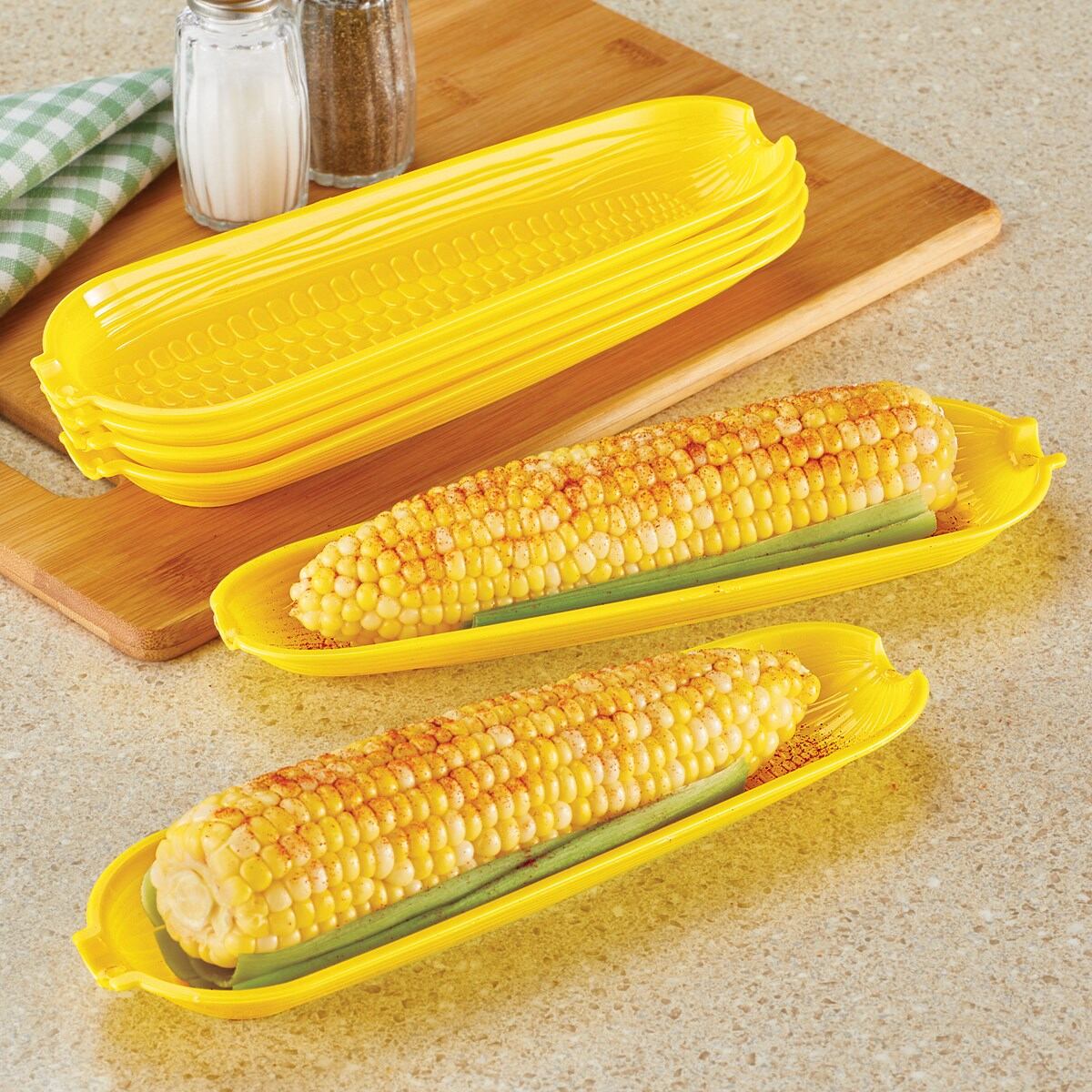
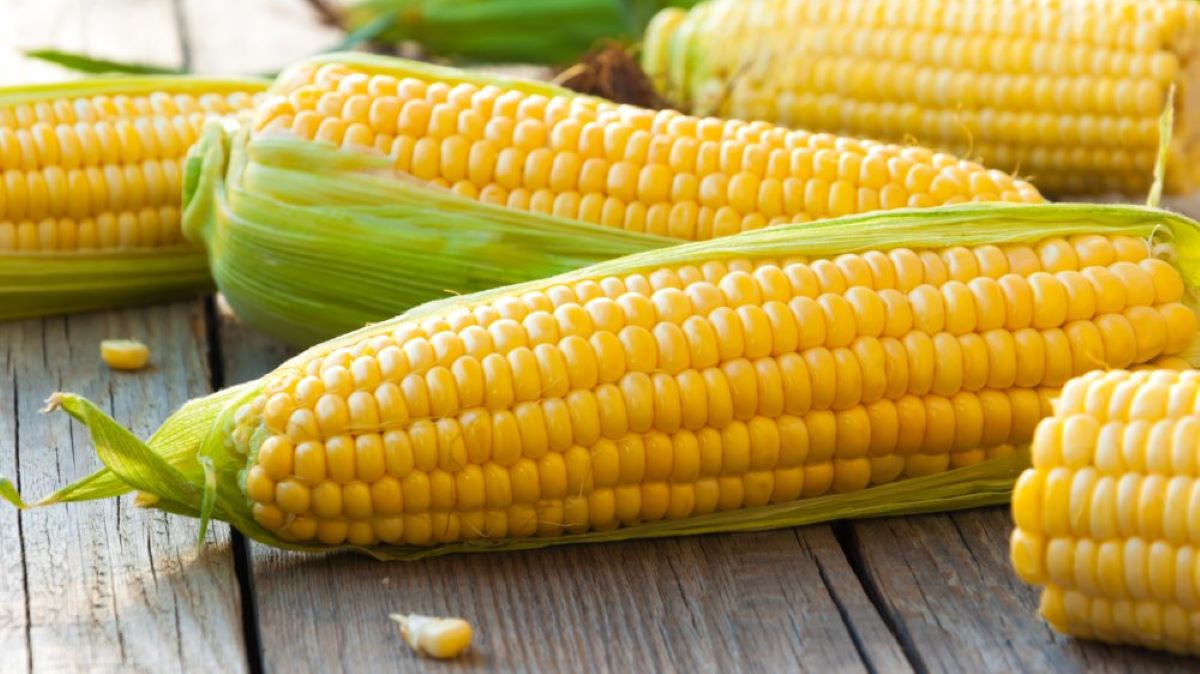
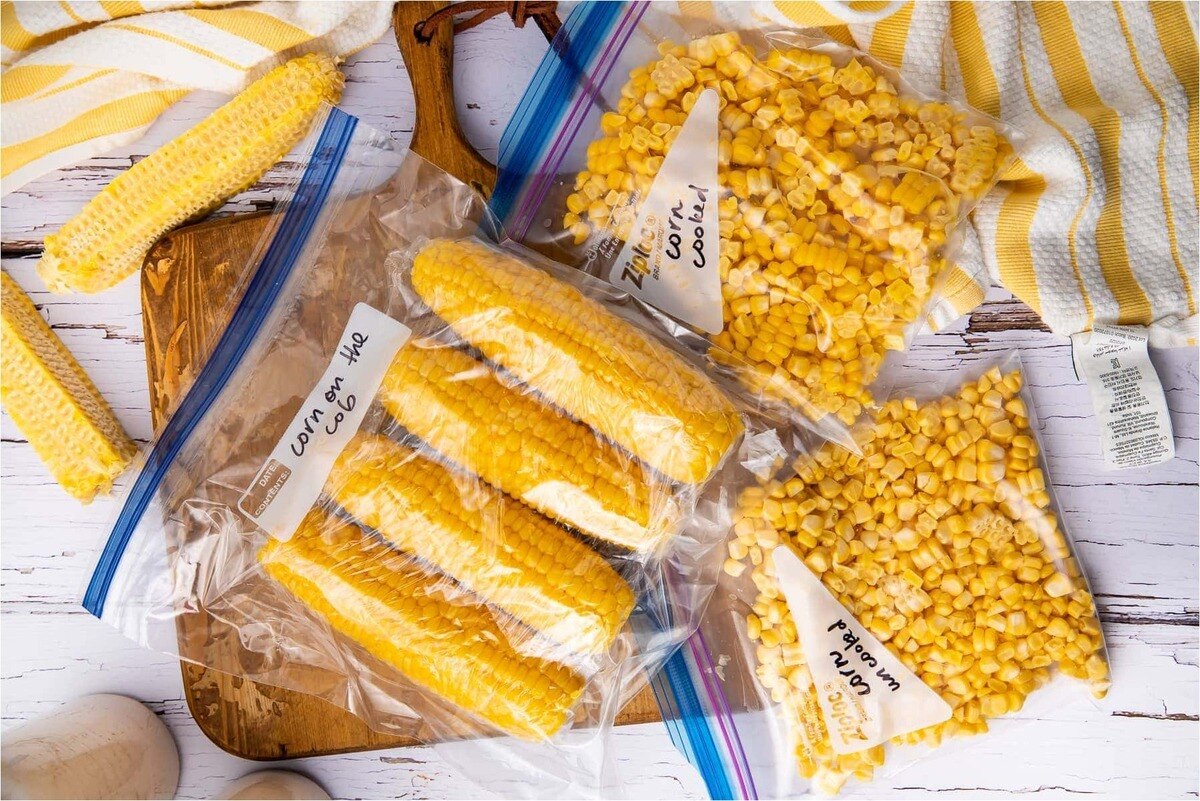
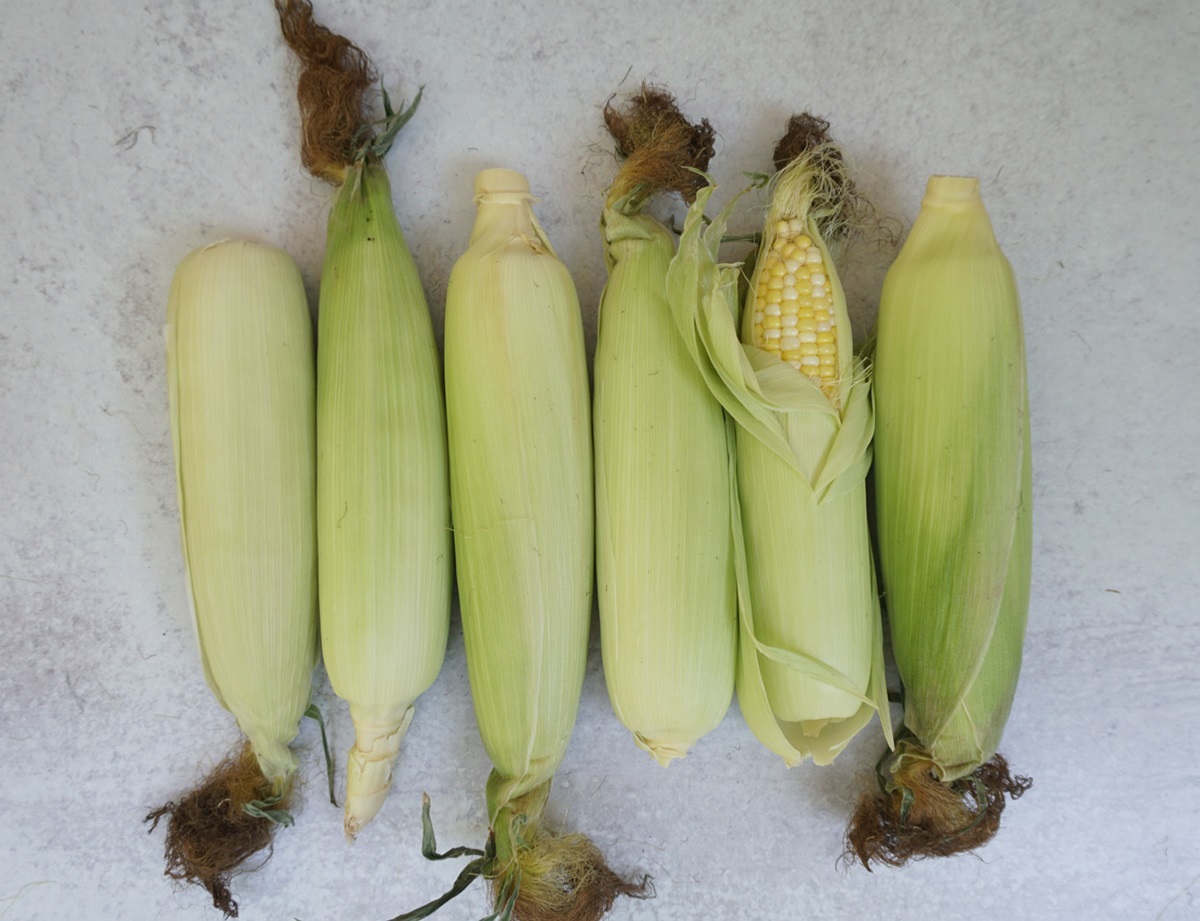


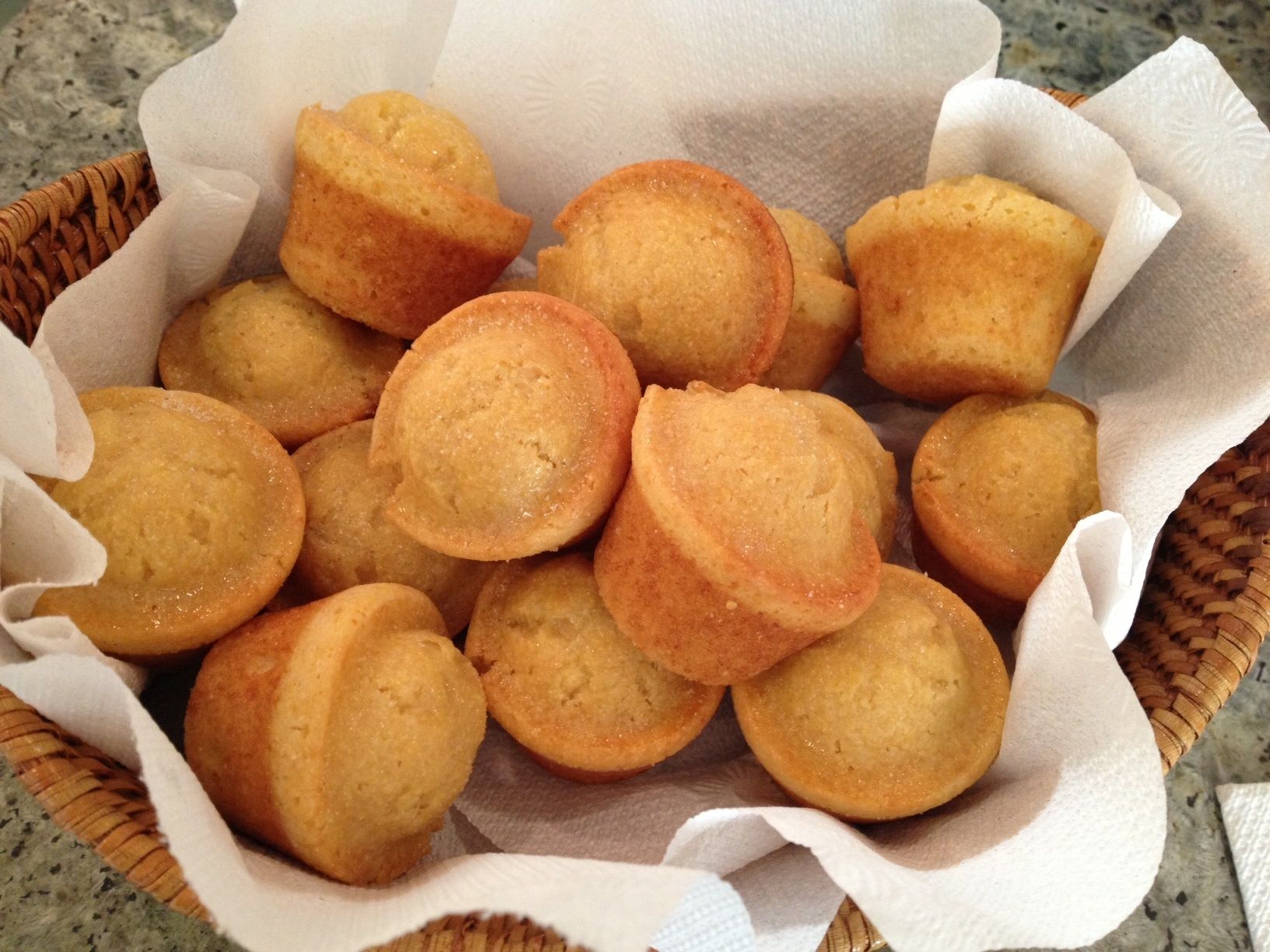

0 thoughts on “How To Store Fresh Corn”